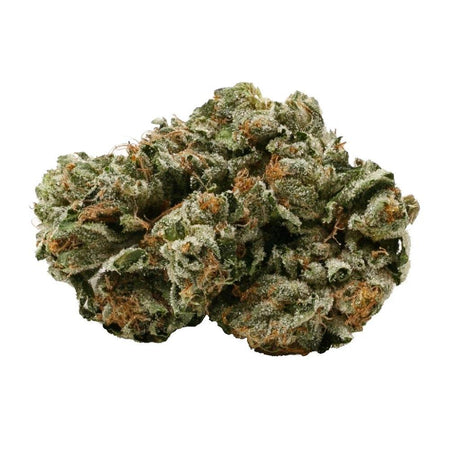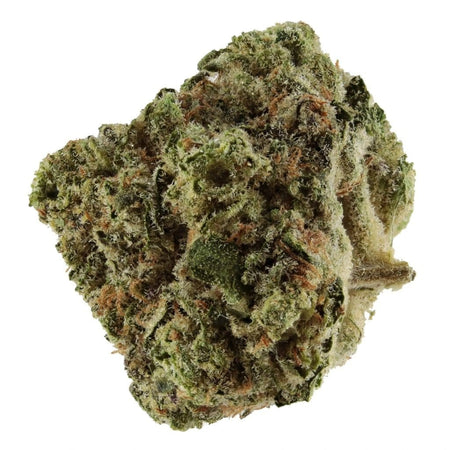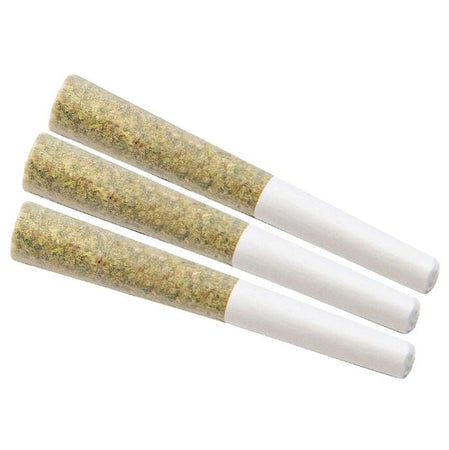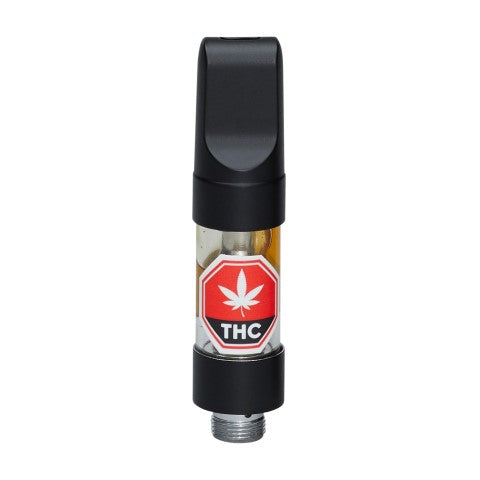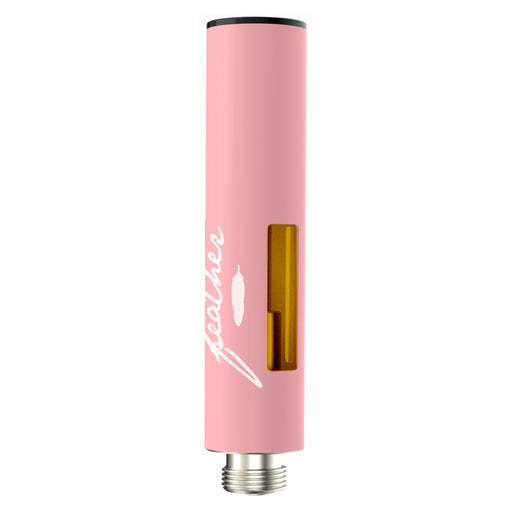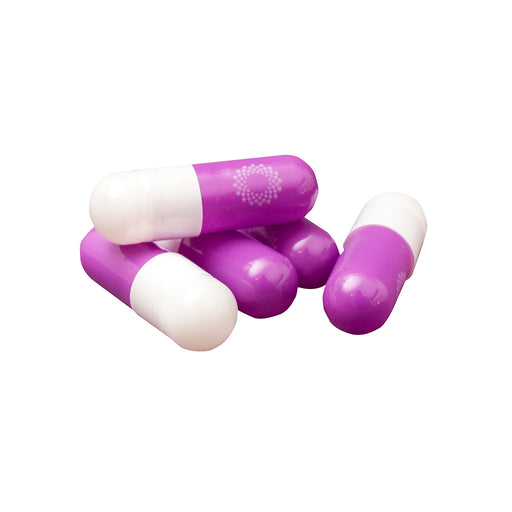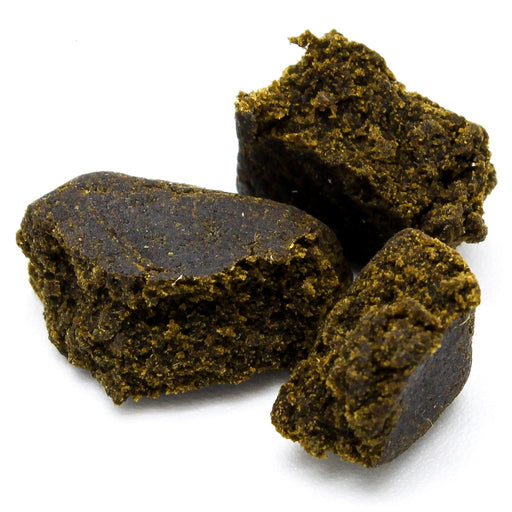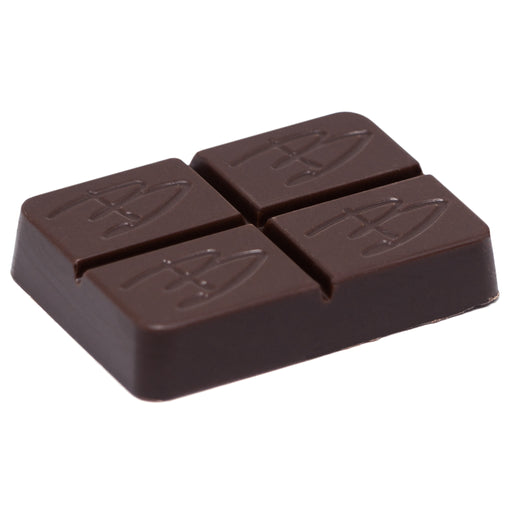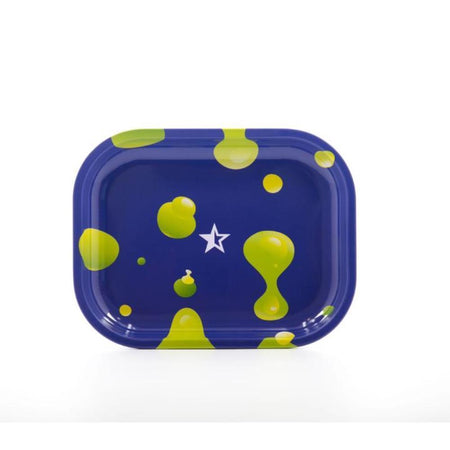Understanding the Basics of Bongs
Bongs, also known as water pipes, have a rich history that dates back several centuries. Originating in regions such as Africa and Asia, the earliest bongs were crafted from natural materials like bamboo and gourds. Over time, these devices have undergone significant transformations, evolving into the sophisticated smoking apparatuses we see today. Modern bongs are typically made from materials such as glass, plastic, ceramic, and metal, each offering distinct advantages and disadvantages.
The primary components of a bong are crucial to its function and include the bowl, downstem, water chamber, and mouthpiece. The bowl is where the smoking substance is placed and ignited. The downstem, a small tube that connects the bowl to the water chamber, allows the smoke to travel into the water. The water chamber, which holds water, plays a pivotal role in filtering the smoke. Finally, the mouthpiece is where the user inhales the purified smoke.
Each material used in bong construction has unique properties that affect the smoking experience. Glass bongs are the most popular due to their transparency, ease of cleaning, and pure taste. However, they are fragile and can break easily. Plastic bongs are more durable and affordable but can sometimes impart an unwanted taste to the smoke. Ceramic bongs, known for their artistic designs, offer a clean taste but are also quite fragile and often heavier. Metal bongs are extremely durable but may alter the taste and can be challenging to clean.
The operation of a bong is relatively straightforward yet ingenious. When the substance in the bowl is ignited, the smoker inhales through the mouthpiece, creating a vacuum that draws the smoke through the downstem and into the water chamber. As the smoke passes through the water, it is cooled and filtered, removing impurities and providing a smoother, less harsh inhalation experience. This process not only enhances the overall enjoyment but also reduces the intake of harmful substances. Understanding these basics can significantly enhance the appreciation and effective use of bongs for both novice and experienced enthusiasts.
Different Types and Styles of Bongs
Bongs come in a myriad of types and styles, each catering to distinct preferences and needs of enthusiasts. Among the most popular varieties are beaker bongs, straight tube bongs, percolator bongs, and gravity bongs. Beaker bongs, named for their wide, conical base, offer enhanced stability and larger water capacity, providing smoother and cooler hits. Straight tube bongs, on the other hand, feature a simple cylindrical design that delivers quick, powerful draws. These are often favored for their ease of cleaning and streamlined appearance.
Percolator bongs stand out due to their built-in percolators, which filter and cool the smoke through a series of diffusion mechanisms. This results in a less harsh inhalation experience, making them a popular choice for those seeking a smoother hit. Gravity bongs, employing water and air pressure to generate smoke, provide intense hits and are typically used by those looking for a more potent experience.
Beyond functionality, bongs are also appreciated for their aesthetic appeal. Artistic and custom-made bongs transform these devices into pieces of art. Crafted by skilled artisans, these bongs often feature intricate designs, vibrant colors, and unique shapes, catering to the tastes of collectors and enthusiasts who value visual artistry as much as functionality.
The market has also seen a surge in modern innovations. Silicone bongs, known for their durability and flexibility, are ideal for on-the-go use and for those who prioritize resilience over fragility. Portable bongs, designed for convenience, offer compact and often collapsible features that make them easy to carry and use discreetly.
Choosing the right bong involves considering several factors such as usage frequency, budget, and personal preferences. Frequent users might opt for beaker or percolator bongs for their stability and smoothness, while those with a more casual usage pattern might find straight tube or gravity bongs more suitable. Budget constraints can also influence the decision, with silicone and portable bongs often being more affordable without sacrificing functionality. Ultimately, the right bong should align with individual needs, ensuring a satisfying and personalized experience.
